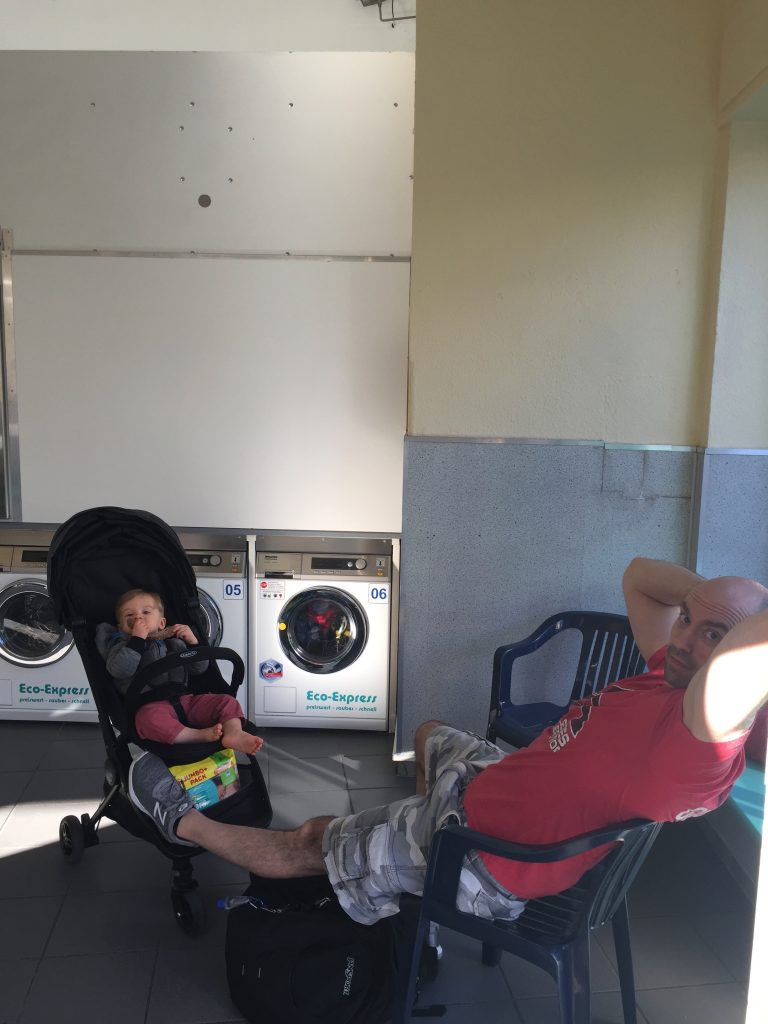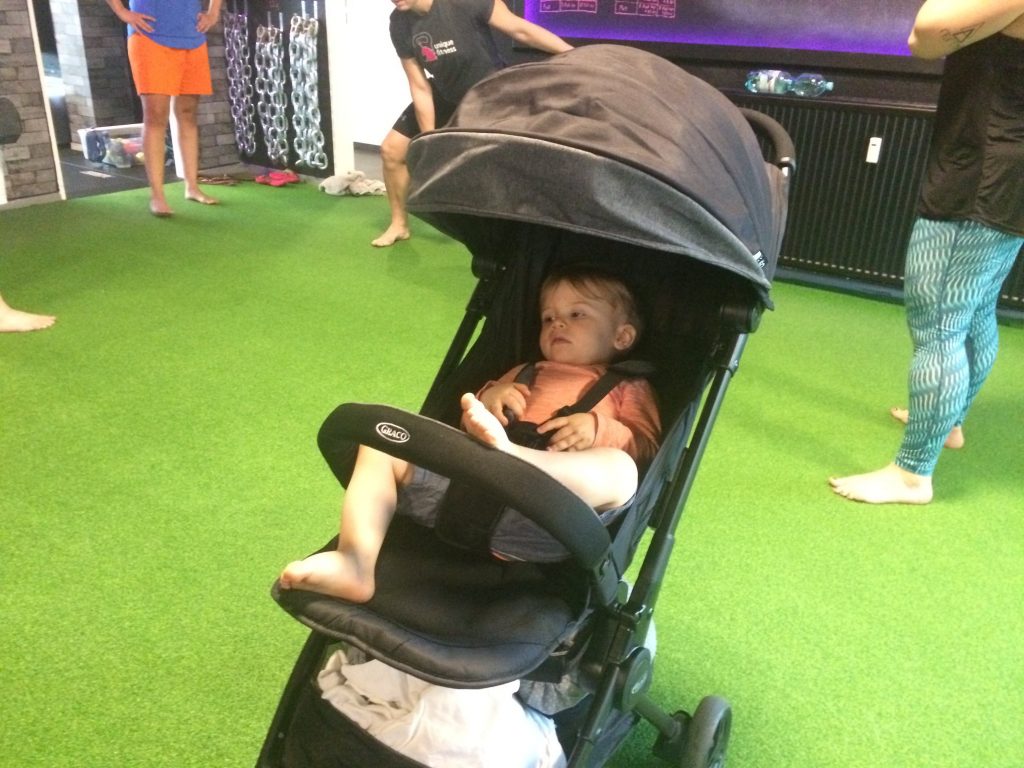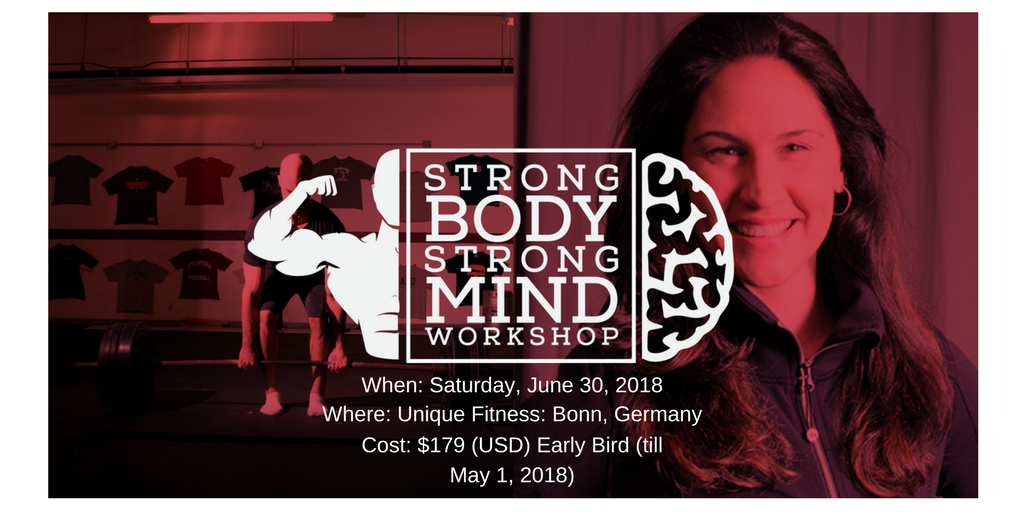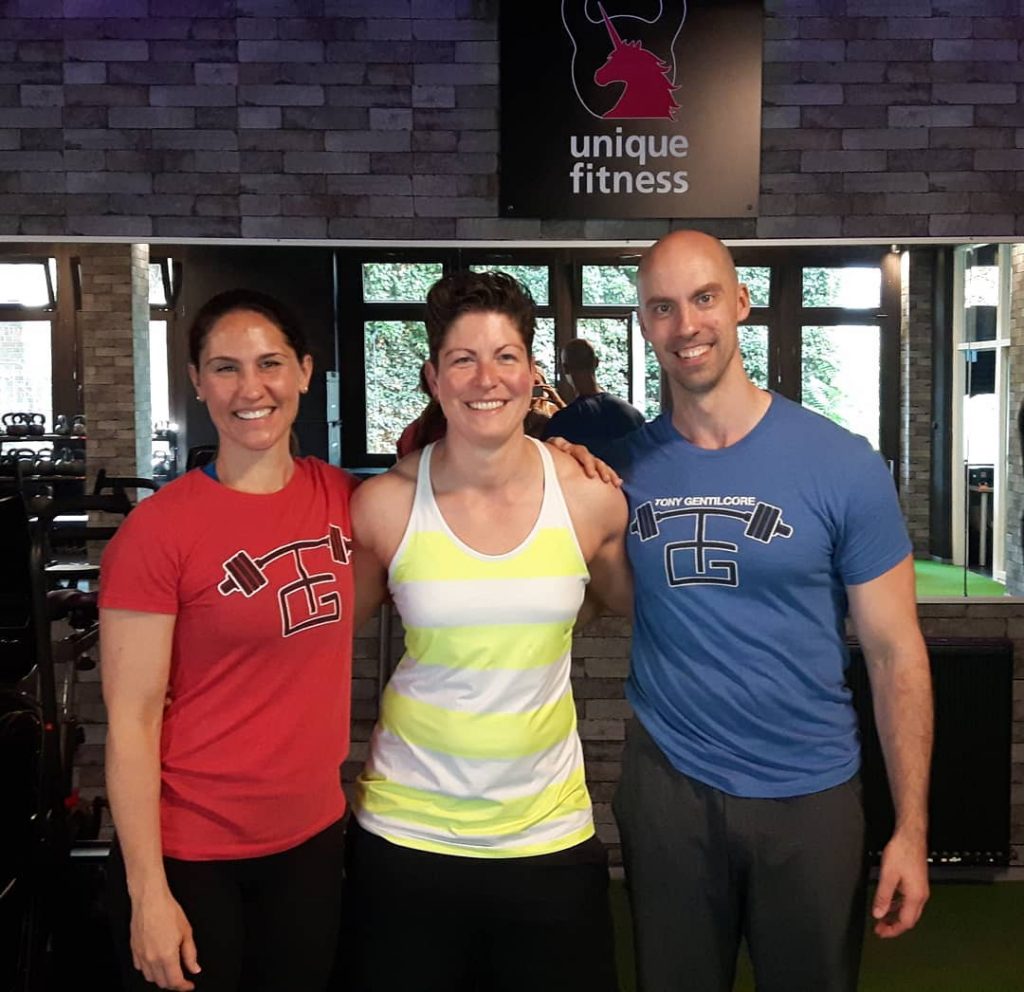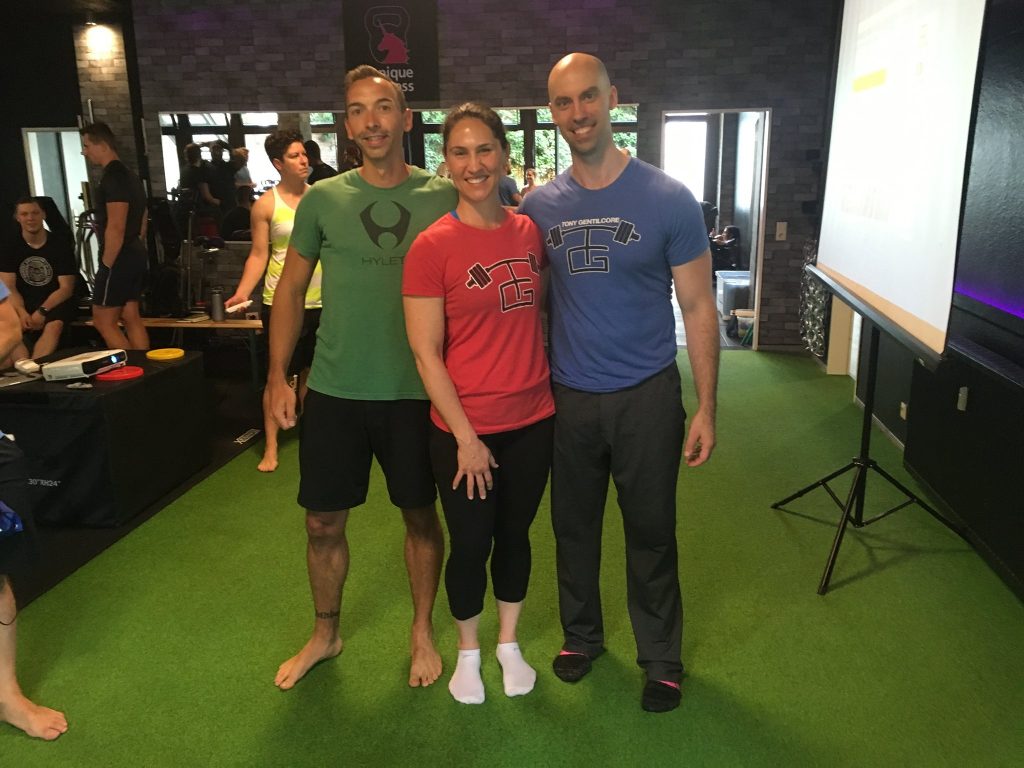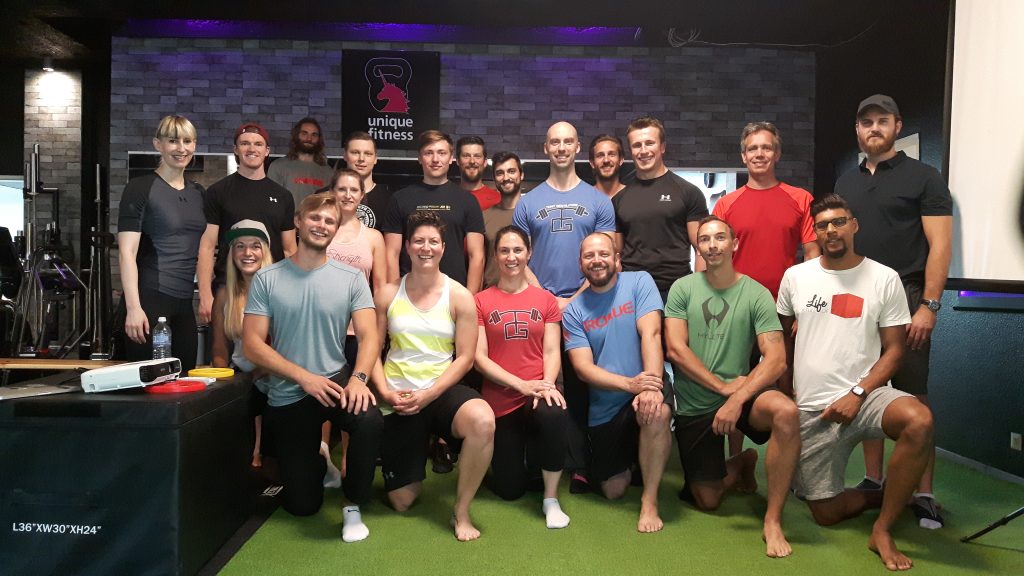I know I may regret doing this, but here it goes.
Lets talk about “Keto.” Or, the Ketogenic Diet.
It is E.V.E.R.Y.W.H.E.R.E of late and it seems you can’t have a ten minute conversation with anyone, or walk more than a city block, before it casually comes up.
It goes something like this:
“Hi.”
“Hi.”
“Man, this humidity is brutal.”
“I know, right? I wonder when it’s going to end?”
“I heard Wednesday. Say, have you heard of Keto?”
And that’s pretty much how it goes.

This Will Not Be a Scientific Breakdown
I know my lane as a fitness professional. My expertise orbits around helping people get stronger, more athletic, move a little better, or otherwise building a bunch of deadlifting Terminators.
My strengths aren’t in debating macros, breaking down the Kreb’s Cycle, or discussing the complicated layers and intricacies of gluconeogenesis.
There’s a reason why I rarely (if ever) write about nutrition.1
That being said, I’d be lying if I said the topic doesn’t make up a large portion of my professional (and personal) life. What kind of coach would I be if I never discussed the importance of (total) caloric intake with a client who’s goal is to fat loss?, or if I never divulged the power of protein (and the many sources to get it from) for muscle maintenance and growth?, or if I didn’t go out of my way to mention dietary fat has a ton of health benefits?2
Moreover, what kind of coach would I be if I never extolled the wonders of Tupperware and the myriad of foods one can eat out of their containers at home, at work, on the train, or while flying an Apache?
Needless to say I talk about nutrition on an almost daily basis with my clients/athletes and I always attempt to answer honestly and to the best of my ability (and within my scope of practice). In addition I’ll often go out of my way to direct them towards sources and authorities I trust and respect.
To that end, I’m not going to attempt to explain the Ketogenic Diet in a thorough fashion here. There are entire websites and books you can peruse and nerd out on if you’re looking for an entertaining Friday night.
Nor am I going to attempt to sway you one way or the other, my dear reader, as to its validity and efficacy.
NEWSFLASH: I concede: It works!
Instead all I want to do is provide a little perspective and insight on how I view/interpret things when it comes to this latest health/fitness trend.
What Is the Ketogenic Diet?
This may come as a surprise to some, but “Keto” isn’t new.
It’s been around for quite some time.
To give credit where it’s due: My introduction to the Ketogenic Diet was back in the early-mid 2000’s after reading Lyle McDonald’s apropos titled book, The Ketogenic Diet (originally published in 1998).
In short, the diet is all about minimizing carbohydrates while following a moderate protein, high-fat plan with the end goal to nudge the body into a state of “ketosis” where it’s then less likely to be using glycogen (stored sugar) as it’s main source of energy.
I.e., the body runs out of glycogen stores so it then needs to find alternative fuel source(s). When this plan is followed long (and stringently) enough, the body (liver) begins to process fat into ketones which then becomes a fuel source your body can use.
NOTE: I say “stringently” because to my knowledge, it’s really, really, really, really hard to get into TRUE ketosis (let alone stay there). Like SEAL Training is easier. Even though the diet is considered a “moderate protein” approach, it’s actually not due to the insulinogenic properties of protein. Eating “too much” protein or going a smidgeon over can push someone out of ketosis rather easily.
Anyway.
The idea is that once you’re in “ketosis” you’re burning a boatload of body-fat.
Surprising to some, the Ketogenic Diet was first developed to address tough-to-address cases of childhood (and adult) epilepsy, because it was shown that ketones helped to reduce their frequency.
Pretty baller. Science and research works.
But lets pause.
Someone, at some point, was like:
“Huh, I see this diet is designed for epileptics, but I also see that these people are ripped AF. I wonder if I did it….if it would give me abs?”
I’m being facetious of course.
“Keto” definitely works with regards to fat/weight loss, but it also hits the mark on some other things too.
Other “benefits” attributed to the diet include but aren’t limited to:
- Weight Loss (weird how that happens when you pretty much omit an entire macronutrient).
- Appetite control.
- Mental clarity and acuity.
- More energy.
- Improve key markers in blood sugar, triglycerides, cholesterol, blood pressure.
- Can walk through concrete walls.
But the question I have to ask is:
“Given all those benefits, is “Keto” a superior way to achieve them compared to other approaches?”
Well Is It?
To get to my answer I first have to share a story from this past weekend.
I was in dire need of some caffeine as my wife and I were walking around running errands with our 1.5 year old in tow. I meandered into my local GNC to pick up a quick energy drink and the guy behind the counter started some small talk.
First he asked about what I do? (strength coach), where I work out of? (my own place nearby), how long have I been doing it? (before smart phones existed), and he seemed genuinely interested in picking my brain as to what HE should be doing to put on some weight?
He mentioned protein powders, how he’s been trying to figure out the proper nutrient partitioning ratio, and a few other unimpressive words that really, in the end, mount to nothing other than him saying “blah, blah, blabidy, blah, blah. Insulin.”
It was fine.
Small talk.
No big deal.
He then looked at me and asked if I had ever heard of “Keto?”
(Cue Jaws theme music here).
“Sure,” I said.
“What do you think of it.”
“I know it’s popular now and that it works well for some people.”
“Do you like it?”
“Personally? No.”
“What do you like then?”
“I like whatever diet or approach allows people to best adhere to something long-term and matches their goals.”
SHORT ASIDE: I am not a fan of ad hominem remarks, and I KNOW this will come across as cliche because 50% of the time whenever anyone tells a “GNC story” the same description comes up. But I’m being 100% honest when I say the guy I was talking to was 6ft, 135 lbs soaking wet. Clearly hasn’t lifted a weight in his life.
“I like what you said there. But why are you against Keto?”
“I’m not against it. I just feel it’s not magic. And for all the work it takes someone to actually get into ketosis, I don’t feel there’s much benefit over all the other diets or approaches when matched for protein intake and calories.”
“My manager is a personal trainer and he’s a big fan of Keto. He mentioned the sugars in yogurt and that those should be avoided.”
“Yeah, I don’t think sugar is the enemy or all that bad.”
Now, imagine I hadn’t said what I just said (sugar not being bad) and instead said any of the following:
– “The world is flat.”
– “I’m not wearing any underwear.”
– “Jon Snow should have never been named King of the North.”
Imagine I had said any of those things and then I told him my best friend is an invisible dragon named “Derek.” Imagine the expression on 95% of the population’s face if they had heard something as crazy and blasphemous.
That’s the look I got back.
The dude’s eyes could not have widened enough.
“Wait, you mean you don’t feel sugar decays the body?”
“Fruit has sugar, is that decaying the body?”
Sensing a mental gymnastics quagmire I wasn’t going to get out of any time soon (and knowing five minutes of my life had just passed) I immediately responded with “My wife and kid are waiting for my outside dude.”
Which they were. As was Derek
He ringed me out and I left.
Keto = Not Magic
Notice I am NOT saying “Keto” doesn’t work. I think this is the second or third time I’m saying this to make it abundantly clear.3
It does, and I’m ecstatic for those individuals who have found something that works for them and has allowed them to stick with something long-term.
But what I find dumbfounding – and I see researchers like Alan Aragon and Layne Norton, who are way smarter than myself on this topic, fighting this fight often – is that there are a lot of people out there who think “Keto” is the end-all-be-all approach that will have everyone losing weight, reducing their risk of diabetes, and getting them accepted into Hogwarts.
But when matched for calories and protein….so does every other diet in existence.4
Side Note: And for every person who waxes poetic on how euphoric they feel following this diet, there’s another person who feels like garbage and wants nothing more than to kick you in the pancreas.
It seems even though the “science” backs up other approaches leading to the same results, when it comes to Keto, people become really adept at denying said science.
To use a real world example I had a friend of mine reach out yesterday who felt compelled to do so after I shared my GNC story on Facebook.
“I have a health and wellness friend who is very prominent on Instagram/YouTube/Facebook who is a HUGE proponent of Keto and he regularly shares blood panels with the message that Keto is the way and superior to anything out there.
Let’s just say that my nutrition is quite the opposite of Keto and my blood panels are almost identical to his…including panels we both had done in early spring. More proof to my belief (and yours) that it’s an individual thing for each of us.”
That last sentence is money.
I can’t understand why this train of thought is such an insurmountable hurdle of commonsense for some to fathom.
My suspicion (and that of my friend above) is that there are deeper psychological issues or disordered eating around food at play, and that one’s relationship with food (not to mention body image) are no doubt festering beneath the surface.
And, of course, we can’t deny a certain percentage of people have a financial incentive to stress the Ketogenic lifestyle.
That’s dandy and far be it from me to tell someone they can’t make a living (much less how to do it).
But can we please stop with the fantasy and proselytization of this diet?
It works.
As do others (when people actually follow them and are consistent).
It’s not fucking magic.
This is.


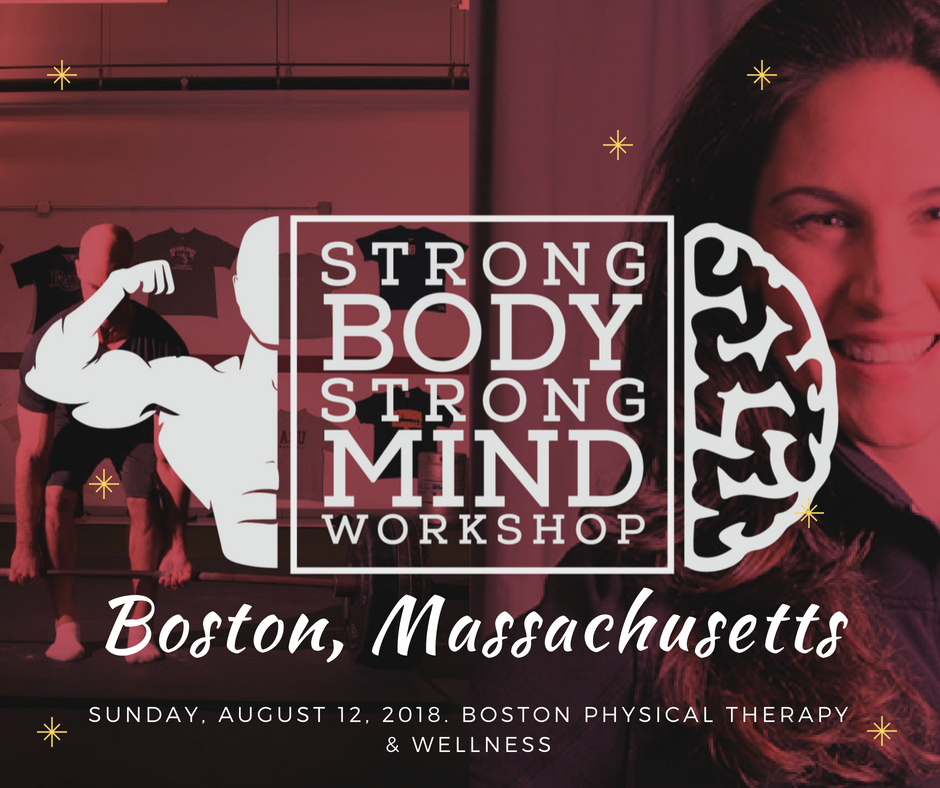

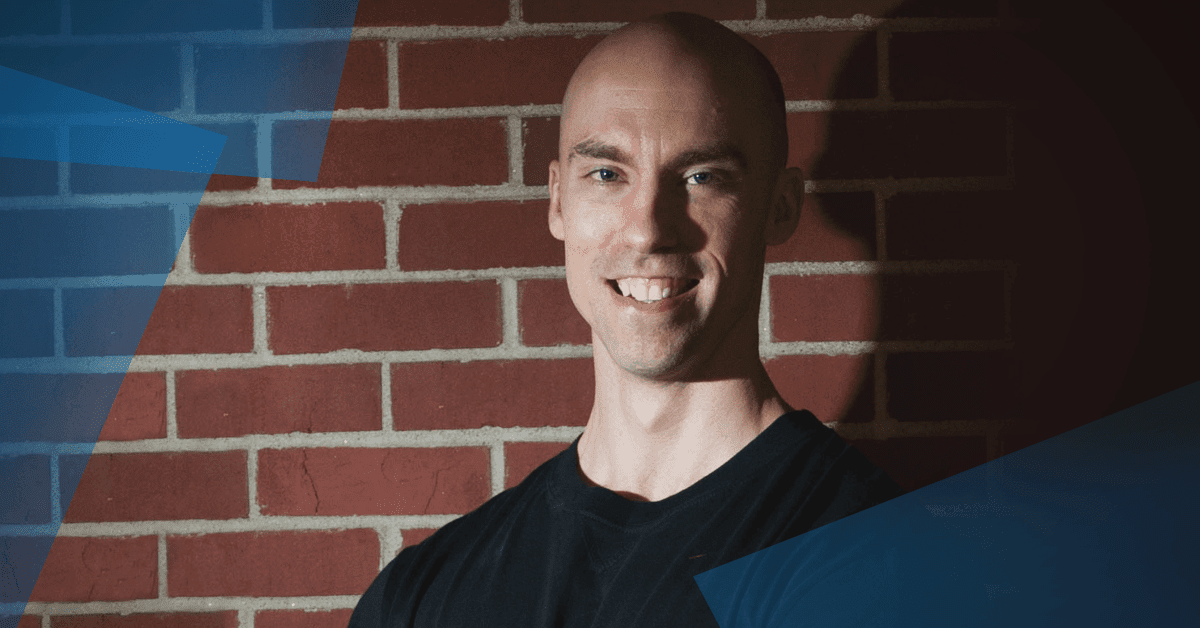

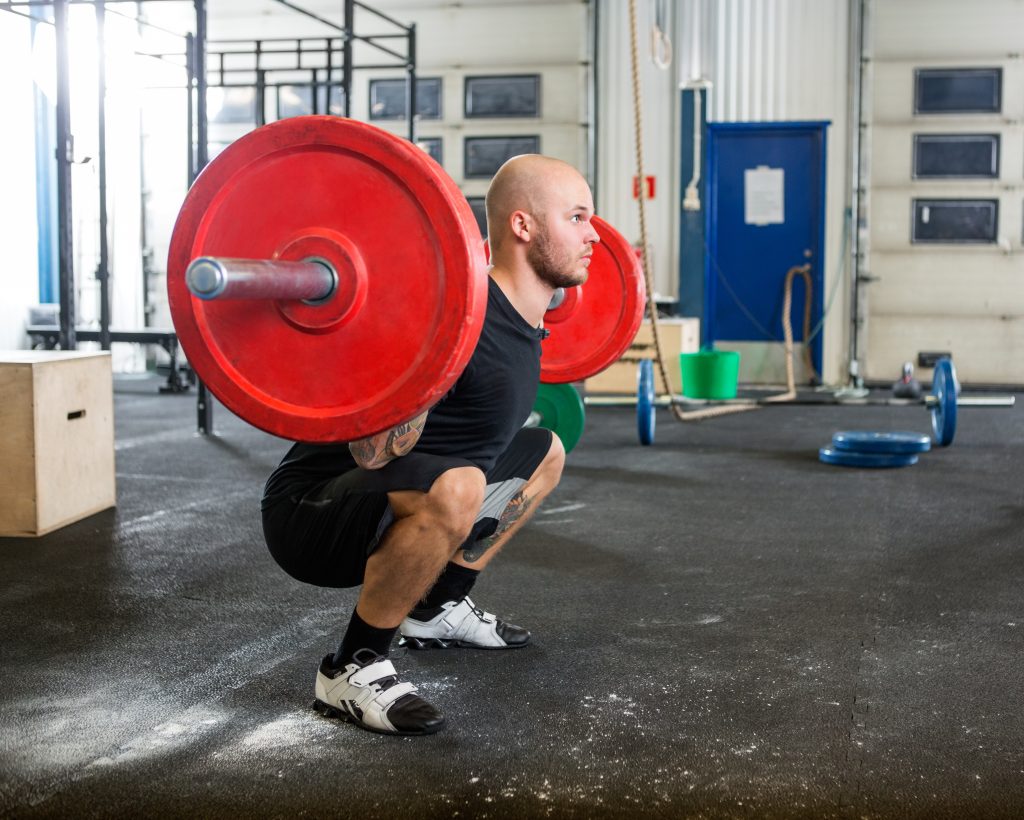
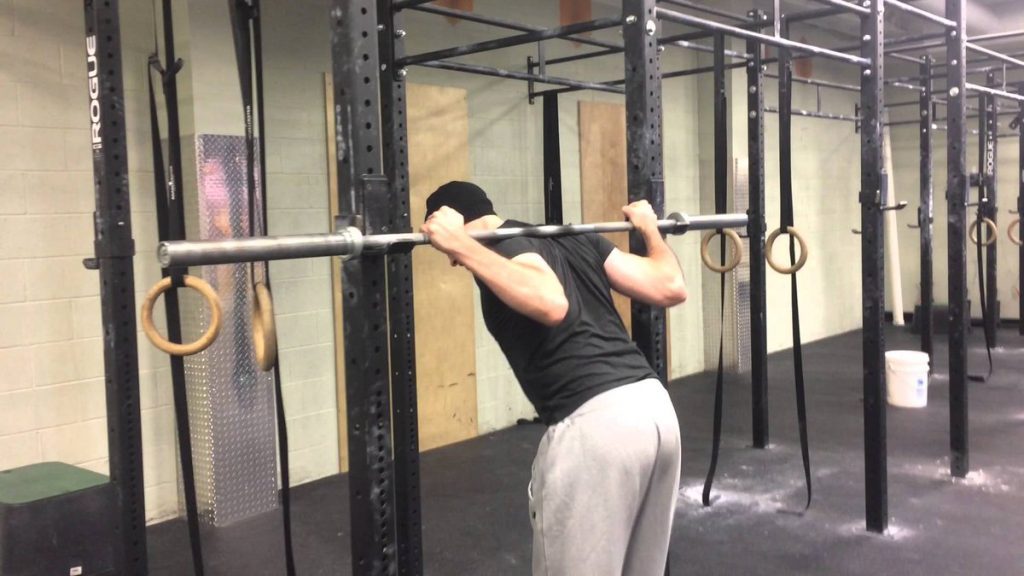

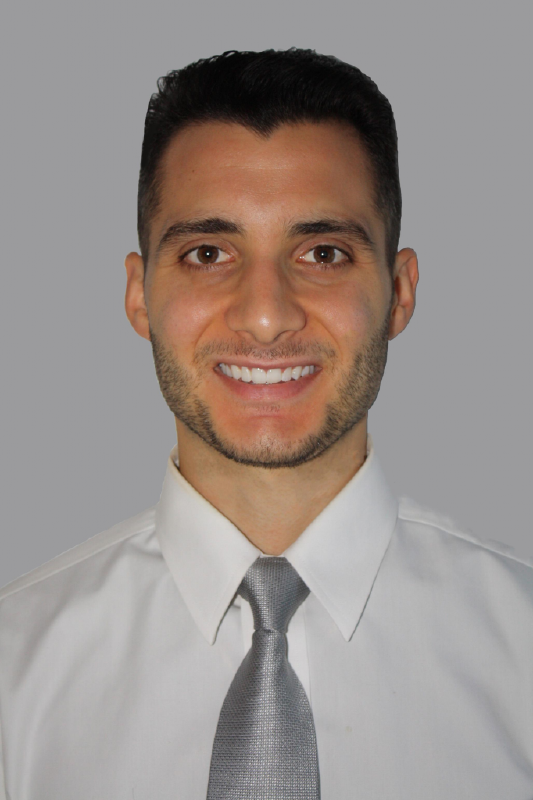 Nicholas M. Licameli
Nicholas M. Licameli

